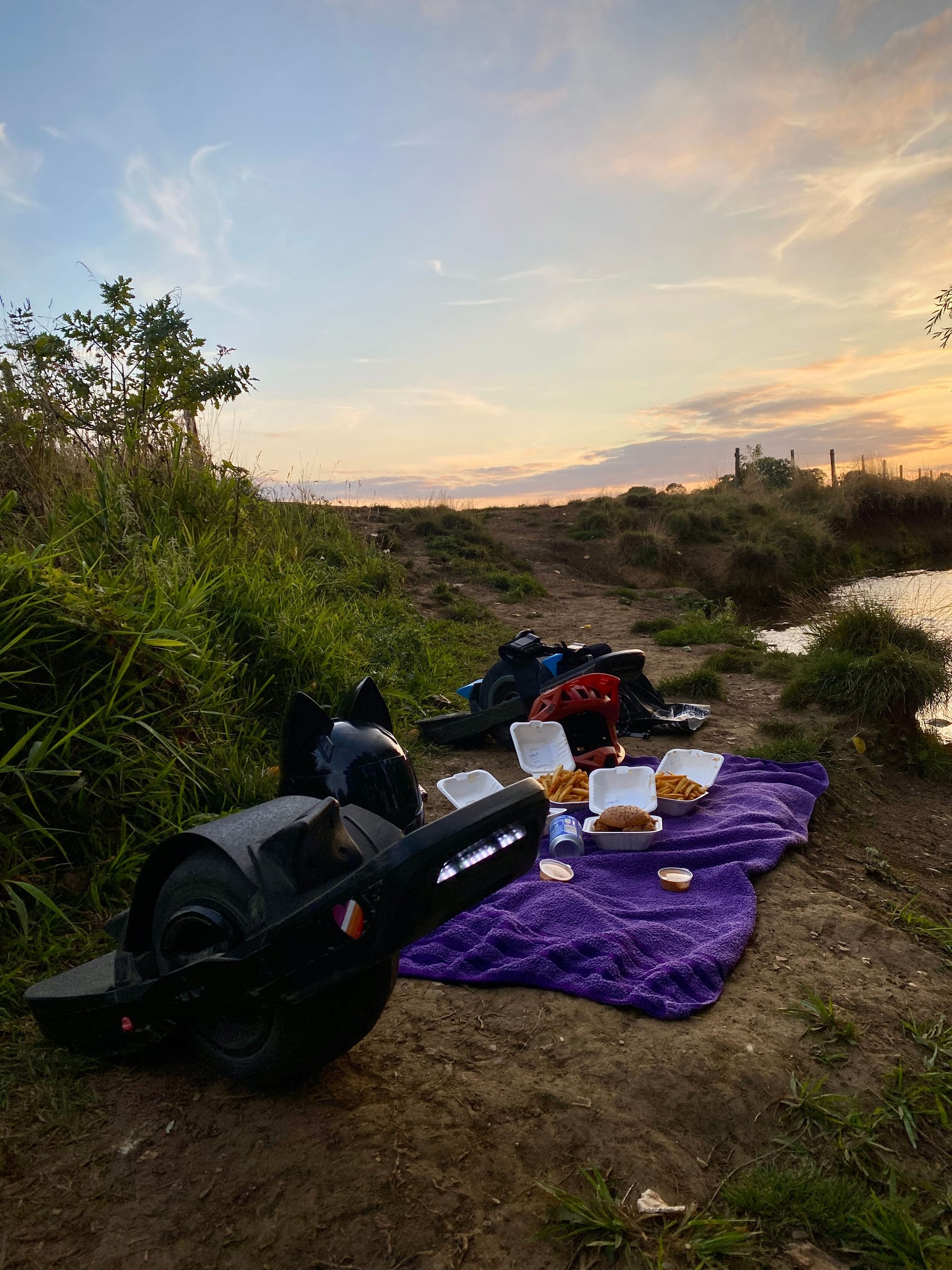Hey Drysurfer :) Welcome to the forum and float family.
We'd love to hear and see your adventures as you explore on your Pint X 😊
Group Details
Pint
Pint Board Owners
Member List
-
RE: Here a little pint x driver ..... My name is Drysurferposted in General Discussion
-
RE: I have an older XR board... having app issuesposted in General Discussion
@jayjay That's weird?
What does the app look like. Could you share a screenshot -
RE: Onewheel Photoshoot Threadposted in Wall of Stoke
An pic from August when me and @cheppy44 had a picnic down by the river.

-
RE: Add your boards as flair to your nameposted in Suggestions & Feedback
Updated the groups to include some of the newer models like the GT-S XL since I know at least one of you lot own one 🥳 (I'm jealous)
I don't think there's really any others I need to add unless anyone thinks the Fungineers X7/X10 boards deserve their own group(s)?
Added

-
RE: Xr repair having extra screwsposted in Repair
@justinxr Could be the corner bolts that hold the end of the rail down to the bumper. I usually forget or just don't bother adding those ones since they can sometimes get stuck.
If you remove the footpads you can check those either end without having to take it all apart again.If not those there's 2 that directly hold the controller box to the rail rather that passing through the bumper you can check.